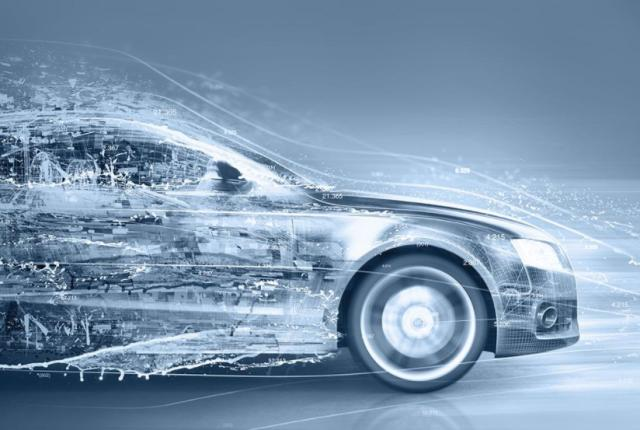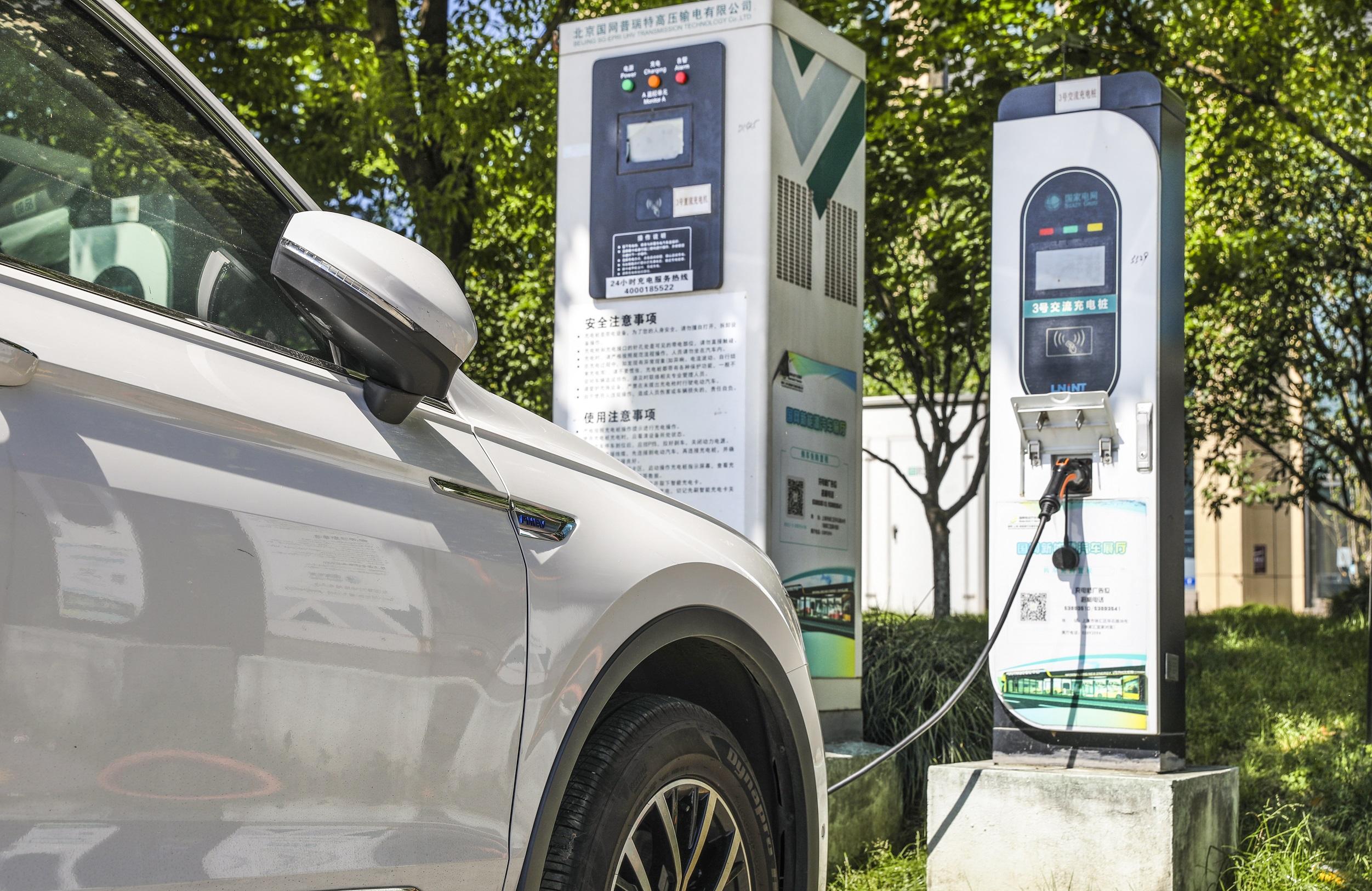Applications of neodymium magnets in electric motors
Today, it is very common applications of neodymium magnets in electric motors has increased considerably, especially due to the growing demand that exists with electric cars in the global automotive market.
Electric motors and revolutionary new technologies are at the forefront and magnets have a vital role to play in the future of the world's industry and transport. Neodymium magnets act as the stator or part of a traditional electric motor that does not move. The rotors, the moving part, would be a moving electromagnetic coupling that pulls the pods along the inside of the tube.
In electric motors, neodymium magnets perform better when the motors are smaller and lighter. From the engine that spins a DVD disc to the wheels of a hybrid car, neodymium magnets are used throughout the car.
A neodymium magnet with a low degree of coercivity may begin to lose strength if heated to more than 80°C. High coercivity neodymium magnets have been developed to operate at temperatures up to 220°C, with little irreversible loss. The need for a low temperature coefficient in neodymium magnet applications has led to the development of several grades to meet specific operational requirements.
In all cars and in future designs, the amount of electric motors and solenoids is well in double figures. They are found, for example, in:
-Electric motors for windows.
-Electric motors for windscreen wipers.
-Door closing systems.
One of the most important components in electric motors are neodymium magnets. The magnet is usually the static part of the motor and provides the rejection power to create a circular or linear motion.
Neodymium magnets in electric motors have more advantages than other types of magnets, especially in high performance motors or where reducing size is a crucial factor. Bearing in mind that all new technologies aim at reducing the overall size of the product, it is likely that these engines will soon take over the whole market.
Neodymium magnets are increasingly used in the automotive industry, and became the preferred option for designing new magnetic applications for this sector.
The global move towards the electrification of vehicles continues to gather momentum. In 2010, the number of electric cars on the world’s roads reached 7.2 million, of which 46% were in China. By 2030, the number of electric cars is expected to swell to 250 million, a massive growth in a relatively short time.Industry analysts foresee pressure on the supply of key raw materials to meet this demand, including rare earth magnets.
Rare earth magnets play an important role in vehicles powered by both combustion and electric engines. There are two key components in an electric vehicle that feature rare earth magnets; motors and sensors. The focus is Motors.

Battery-driven electric vehicles (EVs) get propulsion from an electric motor instead of an internal combustion engine. The power to drive the electric motor comes from a large traction battery pack. To preserve and maximize battery life, the electric motor must operate super-efficiently.
Magnets are a primary component in electric motors. A motor operates when a coil of wire, encircled by strong magnets, spins. The electric current induced in the coil emits a magnetic field, which opposes the magnetic field emitted by the strong magnets. This creates a repulsive effect, much like putting two north-pole magnets next to each other.
This repulsion causes the coil to spin or rotate at a high speed. This coil is attached to an axle and the rotation drives the wheels of the vehicle.
Magnet technology continues to evolve to meet the new demands of electric vehicles. Presently, the optimum magnet used in motors for hybrid vehicles and electric vehicles (in terms of strength and size) is Rare Earth Neodymium. Added grain-boundary diffused Dysprosium generates a higher energy density, resulting in smaller and more efficient systems.
The average hybrid or electric vehicle uses between 2 and 5 kg of Rare Earth magnets, depending on the design. Rare earth magnets feature in:
-Heating, ventilation and air conditioning (HVAC) systems;
-Steering, transmission and brakes;
-Hybrid engine or electric motor compartment;
-Sensors such as for security, seats, cameras, etc;
-Door and windows;
-Entertainment system (speakers, radio, etc);
-Electric vehicle batteries
-Fuel and exhaust systems for Hybrids;

By 2030, the growth in electric vehicles will result in an increased demand for magnetic systems. As EV technology develops, existing magnet applications may move away from rare earth magnets to other systems such as switch reluctance or ferrite magnetic systems. However, it is anticipated that neodymium magnets will continue to play a fundamental role in the design of the Hybrid engines and electric motor compartment. To meet this expected increased demand for neodymium for EVs, market analysts expect:
-Increased output by China and other neodymium producers;
-Development of new reserves;
-Recycling of neodymium magnets used in vehicles, electronics and other applications ;
Honsen Magnetics manufactures a wide range of magnets and magnetic assemblies. Many are for specific applications. For further information on any of the products mentioned in this review, or for bespoke magnet assemblies and magnet designs, please contact us via email of phone.